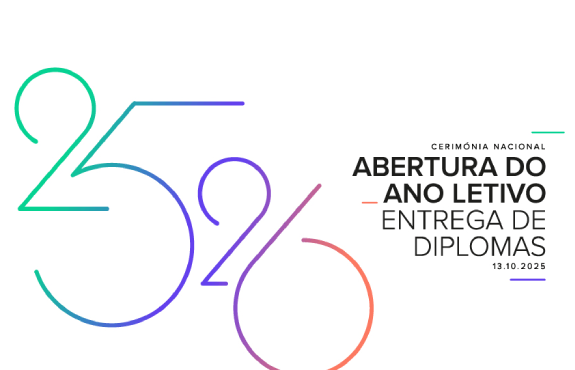A Complete Guide on How Much to Stake on NBA Game for Smart Betting
Walking into the world of NBA betting feels a bit like stepping into a VR game for the first time—there’s that same mix of excitement, uncertainty, and the need to get your bearings. I remember thinking early on, "How much should I actually stake on a single game?" It’s a question that seems simple, but the answer shapes not just your potential returns, but your entire experience. Much like the tactile joy of switching weapons in VR or navigating with a virtual map, smart staking in NBA betting is about control, immersion, and making deliberate choices. Over the years, I’ve come to see betting not as a gamble in the reckless sense, but as a calculated interaction with probability—one where your stake size is your most important tool.
Let’s get one thing straight: there’s no universal number. I’ve seen newcomers throw $500 on a single game because they "felt good" about a star player’s recent form, only to lose it all by halftime. On the flip side, I’ve also watched seasoned bettors grind out consistent profits by staking just 1% to 3% of their bankroll per game. Personally, I lean toward what many pros call the "unit system," where one unit represents a fixed percentage of your total funds—usually between 1% and 5%. For example, if you’re working with a $2,000 bankroll, a 2% unit would mean $40 per bet. It might not sound thrilling, but trust me, it keeps you in the game long enough to learn, adapt, and actually enjoy the process.
That said, I don’t stick rigidly to one percentage. Context matters—a lot. If the Golden State Warriors are facing a tanking team late in the season, and Steph Curry is confirmed healthy, I might bump my stake slightly above my usual comfort zone. But even then, I rarely go beyond 5% of my roll. Why? Because upsets happen. Injuries occur mid-game. Referees make questionable calls. It’s like that moment in VR when your rifle runs empty and you fumble for your sidearm—sometimes, instinct and preparation save you, but sometimes the game just throws a curveball. I’ve lost a fair share of "sure bets," and each time, it reinforced the importance of disciplined staking.
Bankroll management isn’t just a strategy; it’s a mindset. Early in my betting journey, I made the mistake of chasing losses. After dropping $150 on a Lakers-Celtics matchup, I impulsively doubled my next stake trying to recoup—only to dig a deeper hole. It took me a few hard lessons to internalize this: never let emotion dictate your stake size. These days, I keep a detailed log. I note not just wins and losses, but why I staked what I did. Was it a statistical edge? A gut feeling? A trend in player performance? Over time, patterns emerge. For instance, I’ve found that in games with point spreads under 4 points, my win rate historically sits around 52%, so I rarely stake more than 2% in those matchups.
Data helps, but so does self-awareness. I know I have a soft spot for underdog stories—give me a gritty Knicks team facing the Bucks, and I’m tempted to throw logic out the window. That’s why I cap my "sentimental bets" at 1% of my bankroll. It lets me indulge without sabotaging my progress. And let’s be real: part of the fun of NBA betting, much like the immersive thrill of VR gameplay, is feeling connected to the narrative of the game. But you don’t want that connection to cost you your virtual—or real—bankroll.
When people ask me for a quick staking formula, I often point them to the Kelly Criterion, or a fractional version of it. In simple terms, it suggests staking a percentage of your bankroll based on your perceived edge. If you believe you have a 55% chance of winning a bet priced at -110, the math might suggest staking around 3.5% of your roll. But here’s my take: unless you’re a stats wizard, full-Kelly is too aggressive. I prefer half-Kelly or even quarter-Kelly, which essentially halves or quarters the recommended stake. It’s more forgiving when your predictions are off—and let’s face it, everyone’s predictions are off sometimes.
I also adjust my stakes based on the stage of the season. Playoff games, for example, tend to be more predictable in terms of effort and rotation, so I might allow slightly higher stakes—but never recklessly. During the regular season, especially in the first month, I stick to lower percentages because teams are still finding their rhythm. One season, I tracked my results and found that my average return in October was nearly 18% lower than in March, largely because of early-season volatility. That insight alone saved me hundreds in avoidable losses.
At the end of the day, smart staking isn’t about hitting it big overnight. It’s about staying in control, enjoying the ride, and making decisions that let you wake up the next morning without regret. Whether you’re navigating a virtual battlefield or the odds board for tonight’s NBA slate, the principles are surprisingly similar: know your tools, respect your limits, and always—always—keep a hand on your sidearm. Or in this case, your bankroll.






